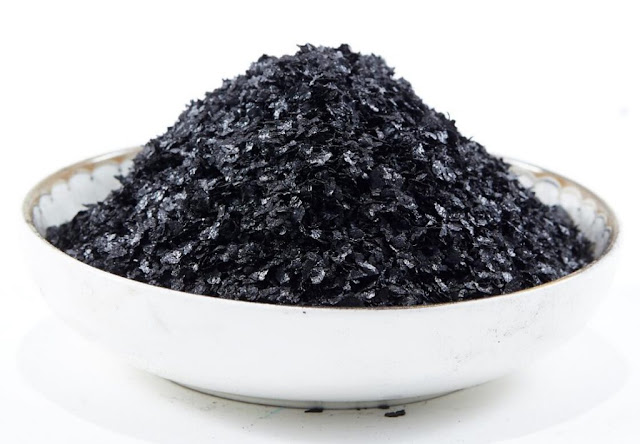The Science Behind Humic Acid: Understanding Its Role In Soil Chemistry
 |
Humic Acid |
Humic acid, a crucial component of soil organic matter, plays a fundamental role in soil chemistry and nutrient cycling. Derived from the decomposition of organic materials, humic acid is a complex mixture of organic molecules with unique chemical properties.
Its presence in the soil has profound implications for soil fertility, nutrient availability, and plant growth.
Humic acid acts as a powerful chelating agent, forming stable complexes with essential nutrients such as iron, manganese, and zinc. These complexes prevent nutrient leaching and make them more readily available to plants, ensuring optimal nutrient uptake.
Furthermore, Humic Acid promotes the cation exchange capacity (CEC) of the soil, enhancing its ability to retain and exchange nutrients.
One of the remarkable characteristics of humic acid is its ability to improve soil structure. It acts as a binding agent, promoting the formation of stable aggregates that improve soil porosity, water infiltration, and root penetration. This, in turn, enhances soil aeration and moisture retention, creating an optimal environment for plant root development.
Humic acid also influences soil pH by buffering against rapid changes. It helps to maintain the pH within an optimal range for nutrient availability and microbial activity. In acidic soils, humic acid can neutralize excessive acidity, while in alkaline soils, it can help alleviate high pH conditions.
Additionally, Humic Acid plays a crucial role in promoting soil microbial activity. It serves as a source of energy and carbon for beneficial soil microorganisms, stimulating their growth and activity. These microorganisms contribute to nutrient cycling, organic matter decomposition, and the synthesis of plant growth-promoting substances.
Understanding the science behind humic acid is essential for sustainable agriculture and soil management practices. Incorporating humic acid-rich amendments, such as compost and organic matter, can enhance soil fertility, improve nutrient availability, and promote overall soil health. It can also contribute to reduced fertilizer requirements, mitigating environmental impacts associated with excessive fertilizer use.
In conclusion, Humic Acid is a vital component of soil chemistry, influencing nutrient availability, soil structure, pH regulation, and microbial activity. Its role in promoting plant growth, nutrient cycling, and soil health cannot be underestimated. By harnessing the power of humic acid and implementing sustainable soil management practices, we can optimize agricultural productivity, protect the environment, and ensure the long-term sustainability of our ecosystems.



Comments
Post a Comment